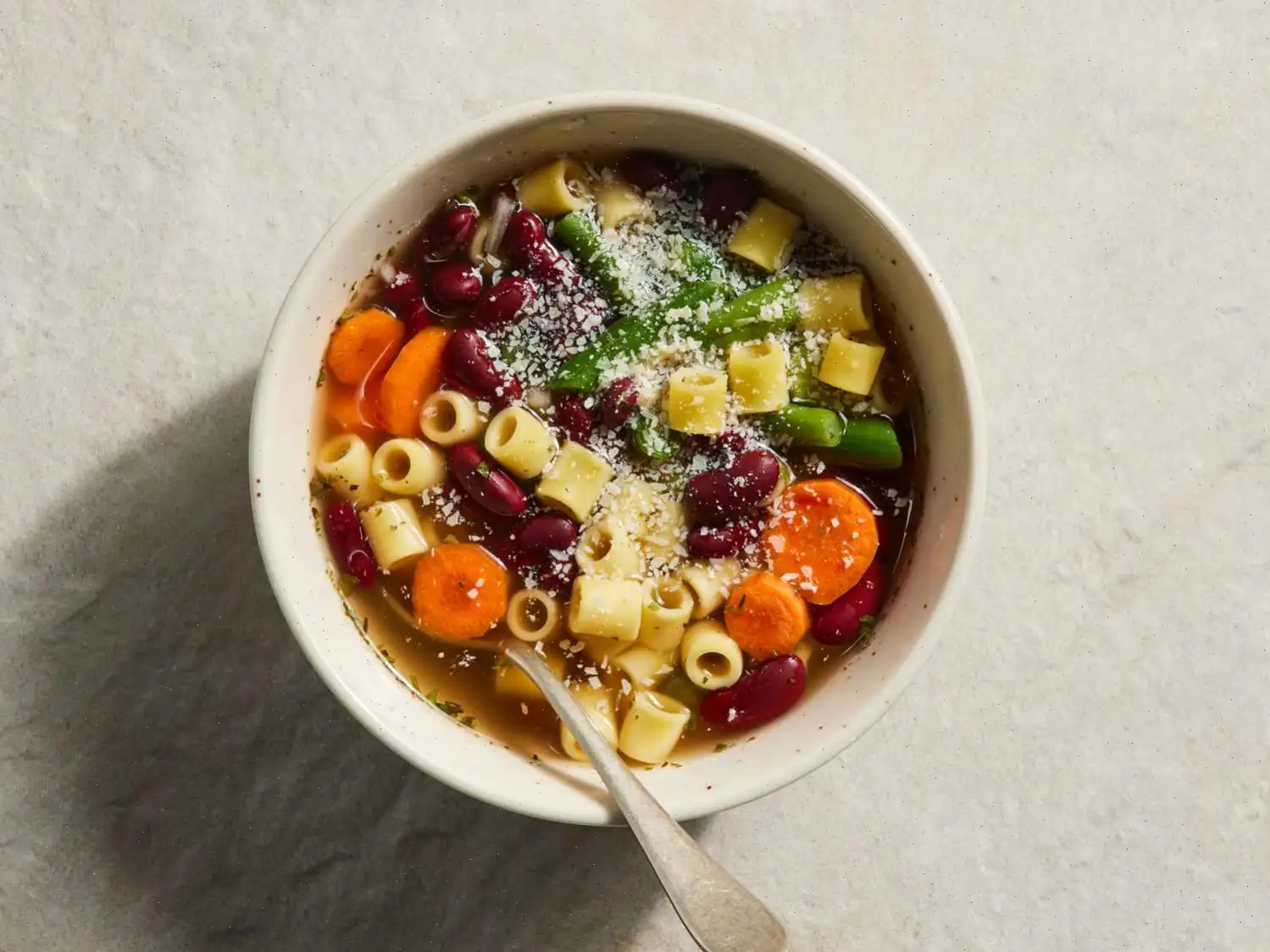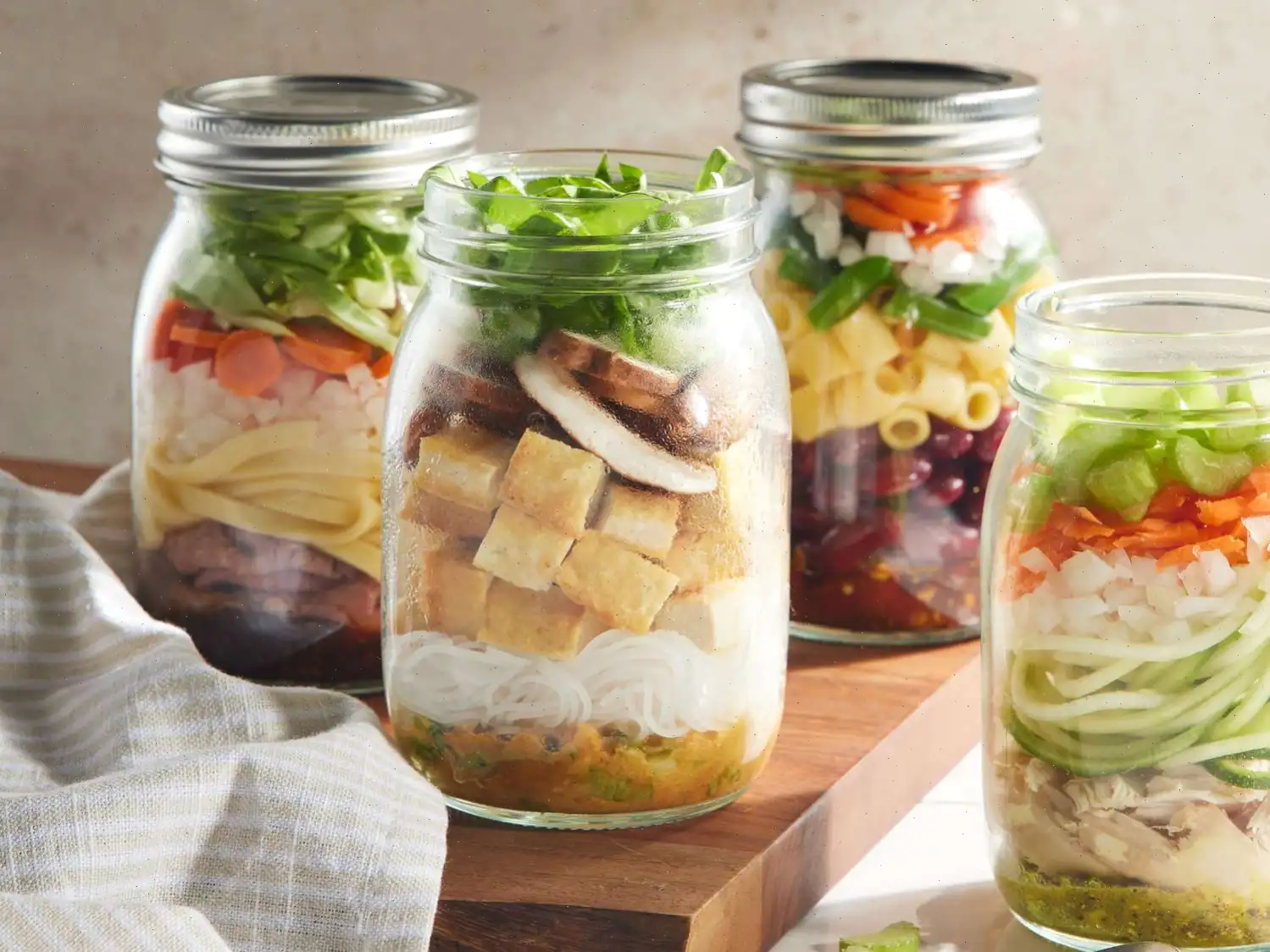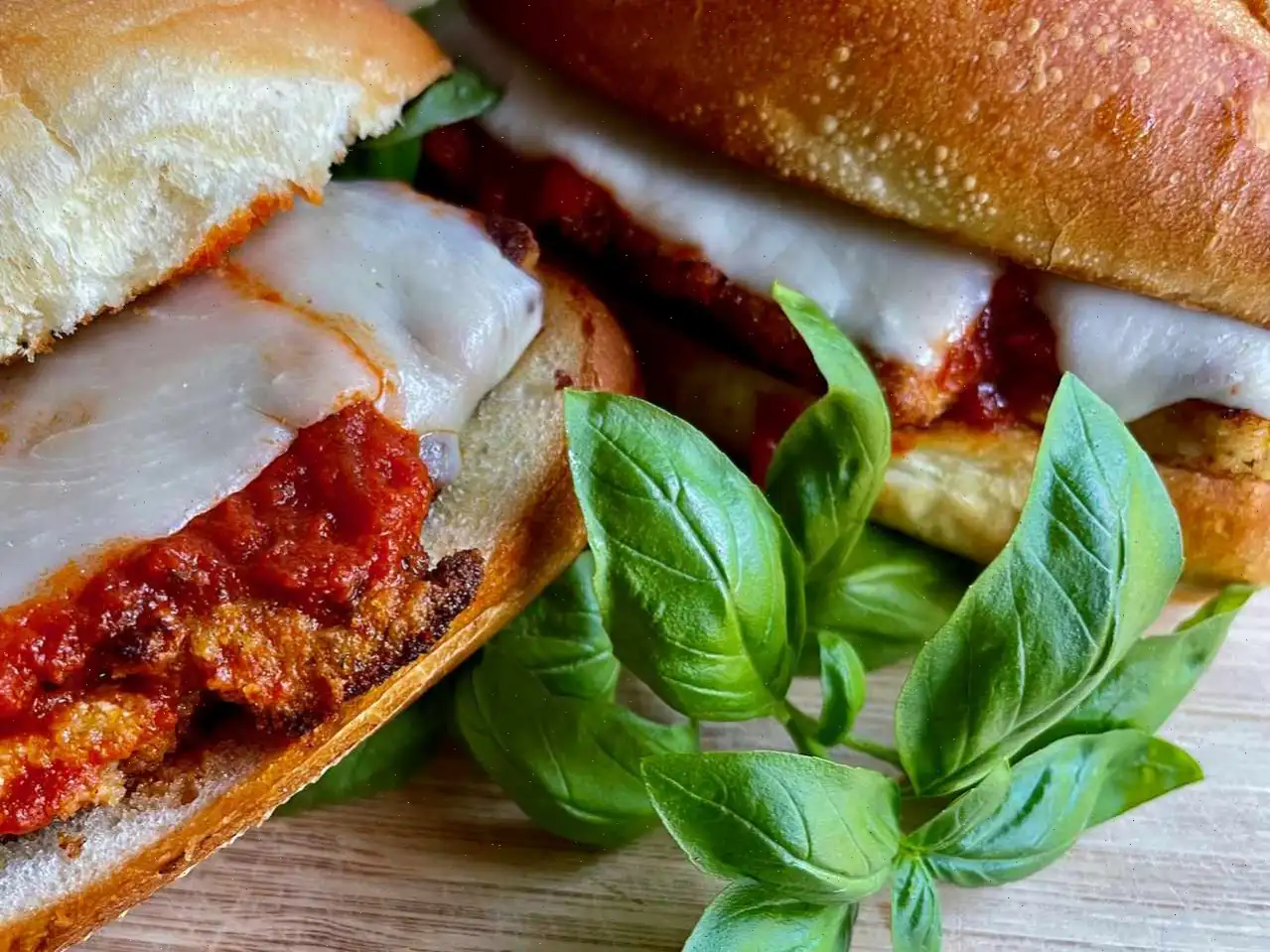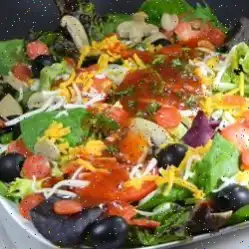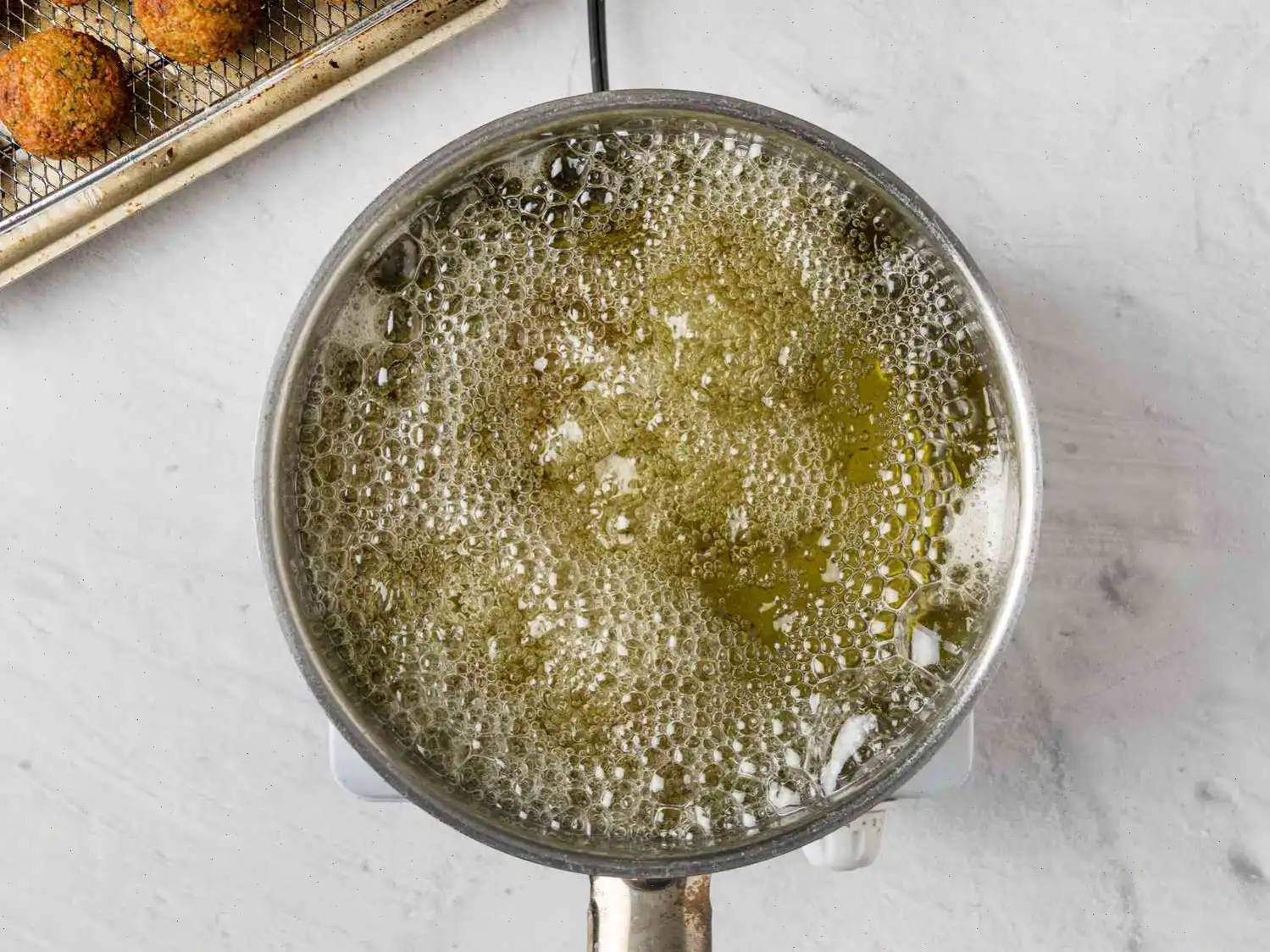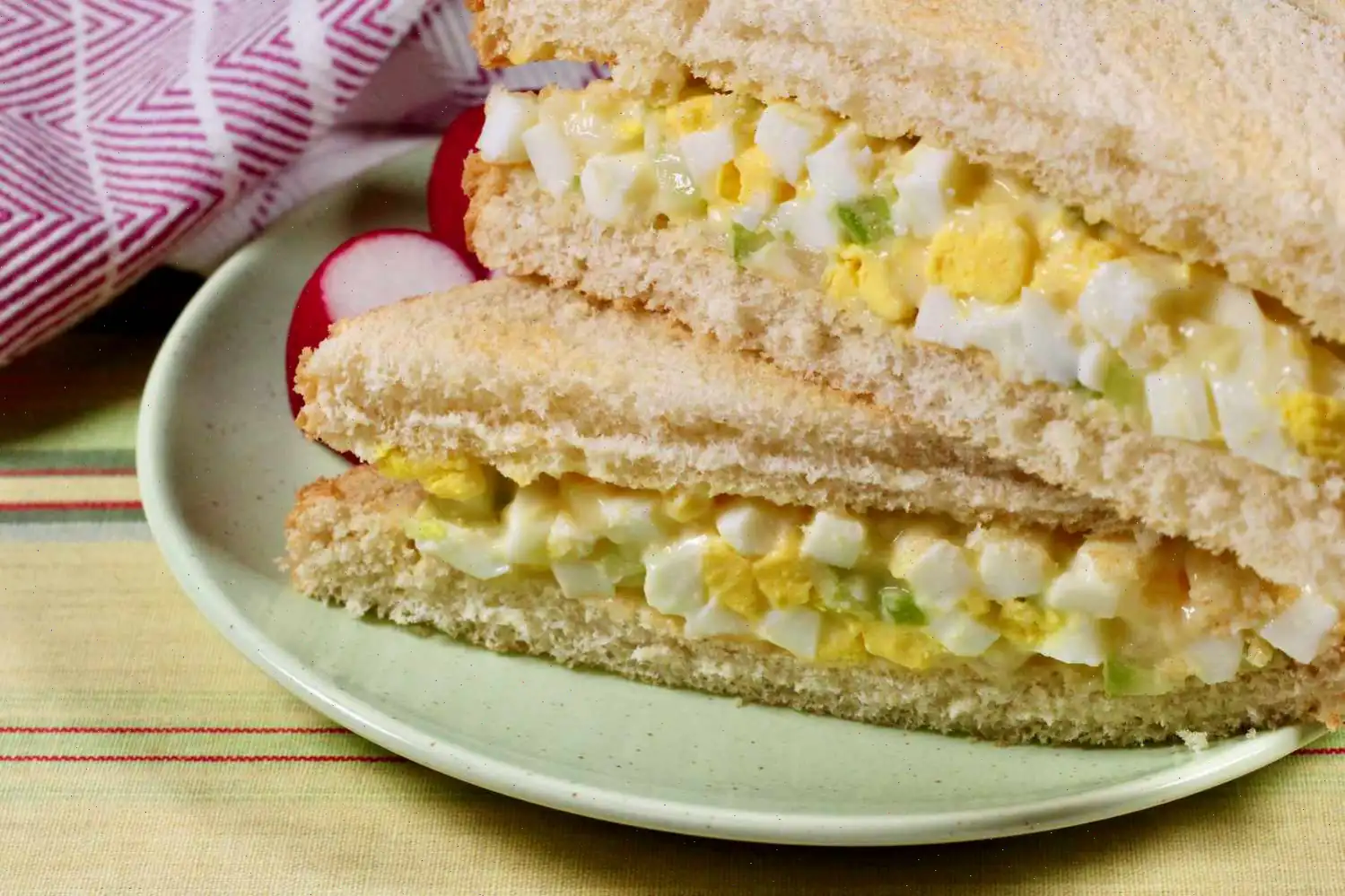
Minestrone Soup in a Jar Recipe
This easy and flavorful pasta meal is perfect for meal prep or a quick, healthy lunch. The ingredients are layered in jars and can be stored for up to 5 days, making it convenient for busy days. Here's how to make it:
Ingredients
- 1 tablespoon vegetable stock base
- 1 tablespoon tomato paste
- 2 cloves garlic, minced
- 1 teaspoon Italian seasoning
- 1 (15 ounce) can kidney beans, drained and rinsed
- 1 cups cooked ditalini or tiny shell pasta
- 1 cup frozen cut green beans
- 1/3 cup finely chopped sweet onion
- cup thinly sliced carrot
- cup thinly sliced celery
- Grated Parmesan cheese, for garnish
Directions
Step 1: In a small bowl, stir together the vegetable stock base, tomato paste, minced garlic, and Italian seasoning.
Step 2: Divide this mixture evenly among 3 microwave-safe pint-size canning jars with lids.
Step 3: Layer the ingredients in the jars in the following order: kidney beans, ditalini pasta, green beans, chopped onion, sliced carrot, and celery. Make sure the layers are even.
Step 4: Cover the jars and store them in the refrigerator for up to 5 days until ready to serve.
Heat and Eat
Step 5: When you're ready to enjoy your meal, let the jar stand at room temperature for 10 minutes, or run it under warm water for 1 minute to loosen the contents.
Step 6: Add about 1 cup of water to the jar, filling it nearly to the top.
Step 7: Microwave the jar (without the lid) for 3 minutes or until heated through.
Step 8: Carefully screw the lid back on (the jar will be very hot) and let it stand for another 5 minutes.
Step 9: Invert the jar to combine all the ingredients. You can either eat directly from the jar or transfer the contents to a bowl for serving.
Nutrition Facts (per serving)
- Calories: 313
- Total Fat: 2g (3% DV)
- Saturated Fat: 0g (2% DV)
- Cholesterol: 0mg (0% DV)
- Sodium: 376mg (16% DV)
- Total Carbohydrate: 58g (21% DV)
- Dietary Fiber: 12g (42% DV)
- Total Sugars: 10g
- Protein: 17g (33% DV)
- Vitamin C: 9mg (10% DV)
- Calcium: 132mg (10% DV)
- Iron: 4mg (21% DV)
- Potassium: 675mg (14% DV)
* Percent Daily Values are based on a 2,000-calorie diet. Your daily values may be higher or lower depending on your calorie needs.

The Story Behind Minestrone Soup
Minestrone soup is one of Italys most beloved culinary traditions, tracing its roots back to ancient Roman times when simple vegetable broths were a staple for peasants. The word minestrone comes from the Italian word minestra, meaning soup, with the suffix -one denoting a larger or more substantial version. Originally, it was a way to use seasonal vegetables, leftover grains, and beans, creating a hearty, nutritious meal without expensive ingredients. Over centuries, the recipe evolved regionally, incorporating local produce and flavors while maintaining its core identity as a vegetable-rich, comforting soup.
Regional Characteristics
Different Italian regions offer their unique take on minestrone. In Liguria, the soup often includes the signature basil pesto, giving it a fragrant and herby flavor. Northern regions such as Lombardy favor root vegetables and a creamy texture, while Tuscany and Emilia-Romagna focus on beans, tomatoes, and leafy greens. In southern Italy, minestrone may include zucchini, eggplant, and pasta, reflecting the warmer climate and Mediterranean produce. The versatility of the dish allows each region to adapt it to local tastes, making it a true reflection of Italian culinary diversity.
How It Differs From Similar Soups
While it may seem similar to vegetable soups or broths, minestrone distinguishes itself through its combination of beans, pasta or rice, and seasonal vegetables. Unlike Italian wedding soup, which uses meatballs, or ribollita, which is a thick Tuscan stew with bread, minestrone maintains a lighter, broth-based consistency yet remains hearty enough to be a full meal. Its hallmark is the layering of fresh ingredients and a focus on seasonal produce rather than a fixed recipe, giving it a rustic, home-cooked character.
Typical Serving Occasions
Minestrone is commonly served as a first course (primo) in Italian meals but is also enjoyed as a standalone lunch or dinner due to its filling nature. It is frequently featured in family gatherings, casual weekday meals, and even festive occasions where a warming, nutritious soup is desired. The modern adaptation Minestrone Soup in a Jar allows for convenient make-ahead meals, perfect for busy lifestyles or packed lunches, while maintaining the traditional flavors.
Interesting Facts
- Traditional minestrone recipes change with the season, earning it the nickname soup of the seasons.
- The dish historically helped stretch limited ingredients, making it a staple of frugal households.
- Some variations use leftover pasta or rice, highlighting its origins as a resourceful and adaptive meal.
- Minestrone has inspired modern culinary innovations, including mason jar versions, ready-to-heat soups, and frozen meal kits.
- Parmesan cheese or a drizzle of olive oil is often added just before serving to enhance the soups depth and aroma.


